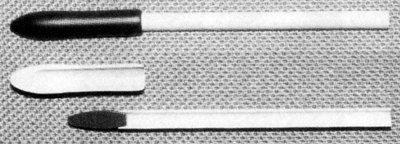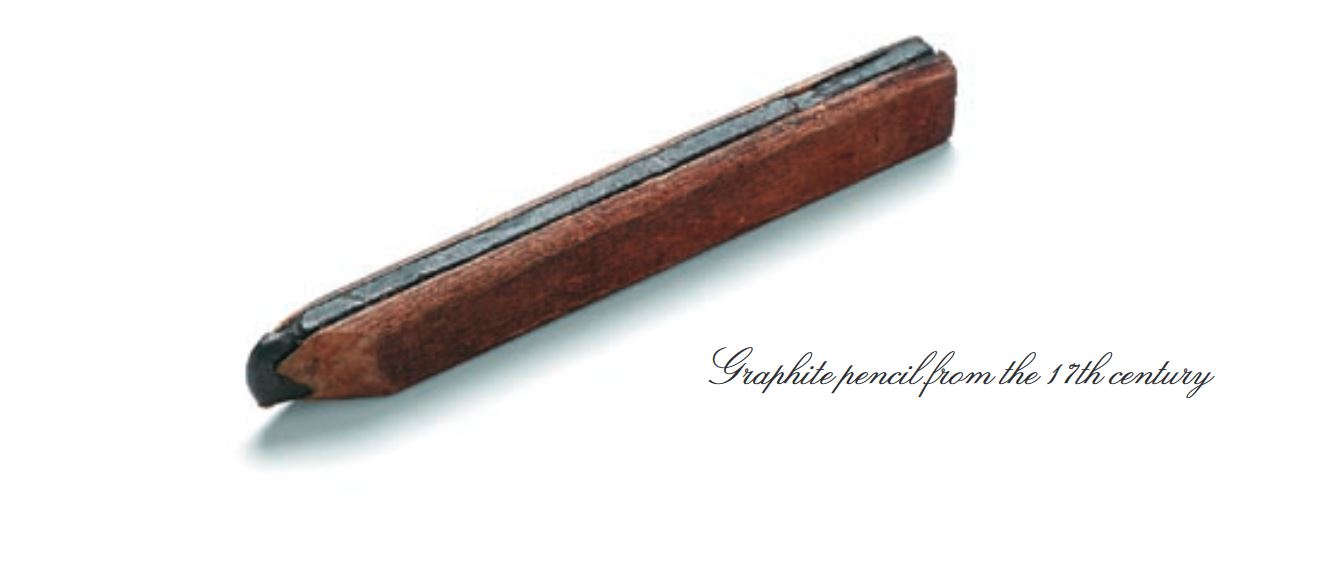In almost every print and online source I’m aware of, the oldest known woodcase pencil is said to be this one:
© Faber-Castell
It appears to be a partially woodcased carpenter pencil, and is on display at the Faber-Castell headquarters.
Abbey Sy has a photo rich report of a trip to Faber-Castell headquarters. Transcribing the English version of the display plaque shown in a photo, it says:
“Oldest known pencil
“This wood encased graphite pencil from the 17th century was found in the 1960s during restoration work on the beams of a house in Langenburg (Swabia). This pre-industrial pencil, made of lime wood with the methods usual at the time, was very probably used by carpenters in their work. It has been in the Faber-Castell Collection since 1994.”
But there are other known very old pencils. The Japan Writing Instrument Manufacturers Association and the Tokyo Pencil Association Shogokai cite two:
Tokugawa Ieyasu (1543-1616) had this pencil, which is said to have been presented by Dutch visitors:

© Tokyo Pencil Association
The pencil is held in the Kunozan Toshogu Museum in Shizuoka Prefecture. Electron microscope analysis reveals the graphite is from 16th century Mexico.
In 1974, it was discovered that Date Masamume (1567-1636) owned a pencil:

© Tokyo Pencil Association
This pencil has just stub of graphite at the tip and an advanced feature – a cap! Found in Masamune’s mausoleum at Zuihoden, it isn’t clear to me if the pencil was reburied.
To summarize, Ieyasu’s pencil is older than the Langenburg pencil, and the Masamune pencil is probably (though not definitively) older than the Langenburg pencil. The better known “oldest known pencil” has company.
The implication that the Spanish empire had 16th century access to a graphite source is also worth further examination by historians.

